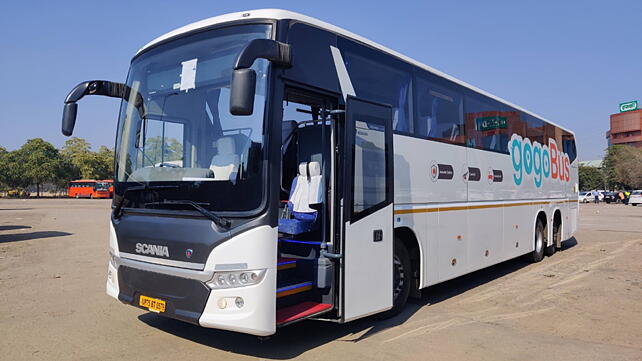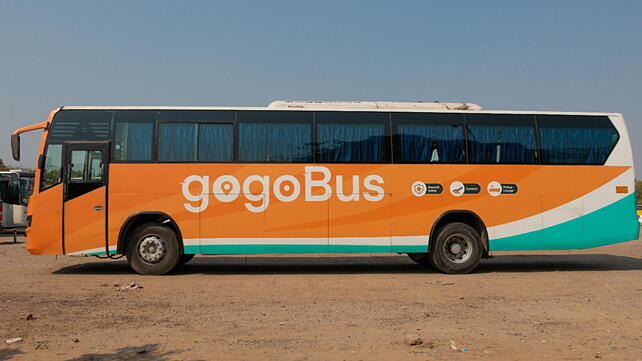
Have you ever considered purchasing a trip instead of purchasing a vehicle? That is what Transportation as a Service (TaaS) enables you to do! It works on intertwining various transport services in a network, where buses, car rental companies, or trains can play the role of a prime mover.
Why? Because, most of these organisations operate a fleet of vehicles that provide a wide range of transportation services and face a common subset of problems, which include fleet maintenance, optimising fleet utilisation, optimising the matching of supply to demand, tracking assets, optimising routes, etc.
Is owning or maintaining a fleet the right solution to all your transport-related problems? Inefficient usage of these fleets leads to another level of challenge i.e., pollution and congestion in cities putting additional pressure on the existing road infrastructure of the country. The situation today is alarming and requires a paradigm shift in approaching this problem of inefficiency and underutilisation of fleets.
Do we know the reason behind a bad experience that almost all of us have had at least once while undertaking a bus journey?
Interestingly, in India, the bus usage intent is not missing, but the quality level offered by incumbent bus operators is not befitting consumer expectations and drives them away from bus mobility. This is fundamentally owing to reasons like low occupancy impacting service level, limited digital penetration impacting revenue realisation, and disconnected bus operations leading to higher per-unit cost at hands of the consumer.
TaaS Benefits
TAAS has the potential to benefit society, the environment, and the economy over the long term and has the power to be the change, which cities are aspiring to be today. Globally, bus mobility systems have observed massive adoption of technology in the last decade with extensive usage of data coupled with innovative models like TAAS. The adoption of technology has further been accelerated with smartphone adoption and mobile data penetration as passengers look for seamless travel and real-time information.

A critical element of bus mobility is the network, which is directly proportional to consumer usage. TAAS platforms are working with bus operators-partners across India to build a connected bus network for digital booking, contactless payments, and contactless boarding features, especially in the post-COVID world.
However, for TAAS to work, a user must be able to access all available transport modalities on one application; an application that hosts a variety of mobility operators and transport companies, all with their unique pricing and conditions of service. The need for a platform is real because it can provide a central infrastructure for operators and consumers to collaborate effectively. The technology infrastructure must have the capability to create and maintain a marketplace or a community, which in turn is driven by data.
Playing A Pivotal Role
A huge amount of data around traffic, transit patterns, road network, seasonality, demand as well as supply is available today, but a robust platform needs to change it into more usable and reliable information.
In this dynamic and constantly evolving environment, a transparent system that gives end-to-end visibility of vehicles not only to customers but also of consumers to the operators will take the lead. Connected systems are to be built on a platform that enables the overall mobility ecosystem with the ability to scale and maintain continuous integration and delivery.
This is what the new age bus aggregators are doing. They have developed an omnichannel focussed API interface and integrated it with the systems of different stakeholders in the value chain.
Erstwhile players like Redbus, IXIGO, and Yatra are working on demand aggregation for a long-time. However, today’s need is for TAAS platforms to solve the problem of the legacy technology stack, while creating an end-to-end ecosystem connecting both demand and supply in real-time to ensure a seamless travel experience for the country.
In a way, TAAS has the potential to play a pivotal role in the transition to more sustainable, integrated, and intelligent mobility systems, in the process opening incredible opportunities for users and facilitators alike.
About the Author: Amit Gupta is Co-Founder of gogoBus, an inter-city mobility company with a vision to transform travel into a safer and happier experience.